
Our Planet Matters
Understanding how your clothing is made
Life Story of a T-shirt
“Hello Everyone,
I was born in the cotton fields of a distant land, under the blazing sun and amidst the sweat of hard working farmers. My journey began as a tiny seed, planted with hope and care. The cotton plants stretched as far as the eye could see, a testament to the labour-intensive process of growing the cotton that would eventually become me.
The Gruelling Harvest
When the time was right, the farmers harvested the cotton. Their hands picked and plucked, working tirelessly to gather the fluffy white fibers that would be spun into yarn. The bolls were carefully collected, but not without a toll on the land, as pesticides and herbicides were often used to protect the fragile crops.
From Fluff to Fabric
I, along with my cotton siblings, then embarked on a journey to the textile mill. There, we were cleaned, carded, and spun into threads. Machines whirred day and night, consuming vast amounts of energy and water. The air was thick with the dust of cotton fibers, and the waterways surrounding the mill often bore the brunt of chemical runoff.
The Dyeing Process
My next transformation involved being dyed into a vibrant hue. Vats of water were filled with chemicals and I was submerged, absorbing the colour that would define me. The dyeing process consumes colossal quantities of water, and the leftover chemicals are often discharged into local rivers, polluting the ecosystem.
Coming Together
As a roll of fabric, I was sent to a garment factory. There, skilled hands meticulously cut and stitched, turning me into a t-shirt. The factory was a whirlwind of activity, with machines humming and workers toiling away. The fast pace of production often led to overwork, low wages, and unsafe working conditions for those who crafted me. After being packaged, I began my long journey to consumers' wardrobes. I travelled across oceans, carried by massive cargo ships, emitting vast amounts of carbon emissions. My voyage contributed to the global carbon footprint, as these vessels guzzled fossil fuels.
A Brief Stay in the Wardrobe
For a while, I resided in a consumer's wardrobe, providing comfort and style. But the fast-fashion industry demanded constant change, and I was soon discarded, as trends shifted. Many like me found themselves abandoned in a landfill after only a few wearings, contributing to the growing textile waste problem.
The Final Resting Place
Finally, I ended up in a landfill, where I lay among heaps of other discarded clothes. It was here that the true cost of my existence became evident. Landfills overflowed with textiles that would take decades, if not centuries, to decompose. The chemicals from dyeing and finishing processes leached into the soil, further degrading the environment. This is when I realised something, that I was never meant for the wardrobe, I was made for the landfill.
The Call for Change
My journey, from the cotton fields to the landfill, was not just about me but about the environmental degradation and human exploitation woven into the fabric of the fashion industry. As I lay in the landfill, I yearned for a world where the fashion industry embraced sustainable practices, where consumers cherished their clothes, and where we, the humble t-shirts, could tell a different story; one of responsible production, ethical labour and a healthier planet. I hope my autobiography serves as a reminder that every t-shirt has a story and it's a story that we all must pay attention to if we want a more sustainable and compassionate world.”
- Your mate, T-shirt
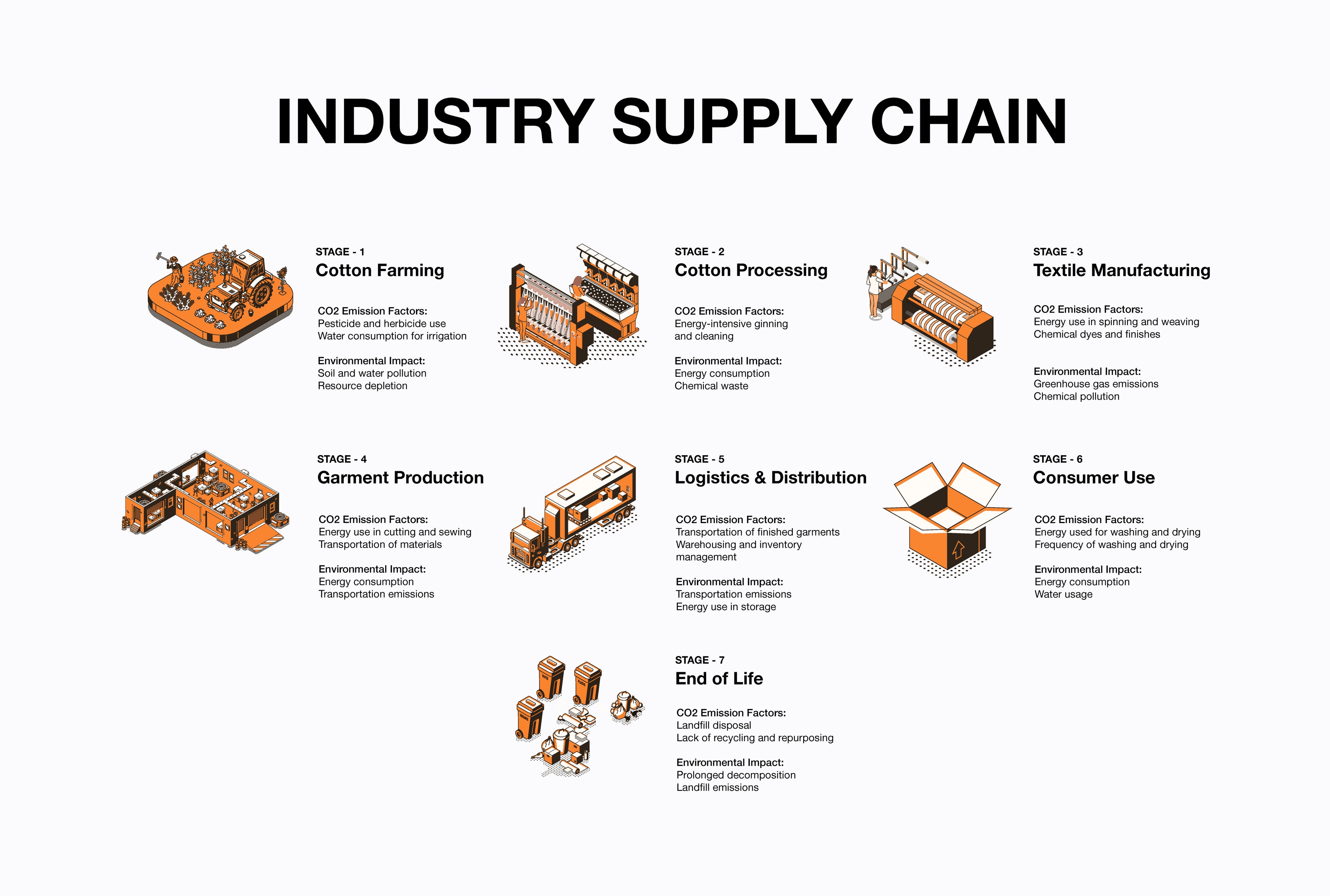
OUR ACTIONS
Micro Steps
HITDIFFERENT as a brand was established with a very clear initiative of, “Purchasing Less yet Dressing Impactfully''. We believe having few high-quality apparels instead of plenty of low-quality apparels is not only chaotic for the environment but also for your wardrobe management.
We source our fabrics from a diverse pool of manufacturers and suppliers who share our same vision on creating eco-friendly products. Around 85% of all textiles produced by the fashion industry end up in landfills, making it a major contributor to environmental damage. What’s more, one in every five items produced by the fashion industry reach landfills without being worn even once.
We do not claim to solve all the pre-existing challenges associated with climate change and environmental degradation stemming from the fashion industry. However, change can be instigated from anywhere and that is where we step in to make, inspire and scale such meaningful impacts.
Our Commitment to the planet
Crafting a Zero Waste, Closed Loop Supply Chain
At Present
-

Ethical Work Conditions
Ensuring fair wages and safe work environments in all our global manufacturing facilities.
-

Material Sourcing
Currently sourcing 50% of our materials from certified sustainable suppliers.
-

Waste Management
Implementing recycling and waste management practices in our operations to reduce landfill waste.
MILESTONE 2030
-

100% Sustainable Sourcing
Achieve 100% sustainable sourcing and transition to 100% renewable energy across all operations, including global manufacturing, by exclusively partnering with environmentally and ethically compliant suppliers.
Action Plan
- Establish a rigorous supplier vetting process.
- Invest in renewable energy infrastructure and purchase certified green energy.
- Encourage suppliers to adopt cleaner technologies and sustainable practices through incentives.
-

Closed Loop Manufacturing
Establish a closed-loop manufacturing system, ensuring that 90% of the materials used are either recycled or are biodegradable.
Action Plan
- Develop recycling facilities to process post-consumer and manufacturing waste.
- Invest in R&D to identify biodegradable materials and improve recycling techniques.
- Collaborate with local and international bodies to enhance recycling infrastructure.
-

Engage and Educate
Foster a culture of sustainability among our stakeholders, aiming to educate and engage both employees and customers on sustainable practices and the impacts of the fashion industry on the environment.
Action Plan
- Launch educational campaigns on sustainable practices.
- Engage with local communities to promote environmental awareness and collaborate on sustainability projects.
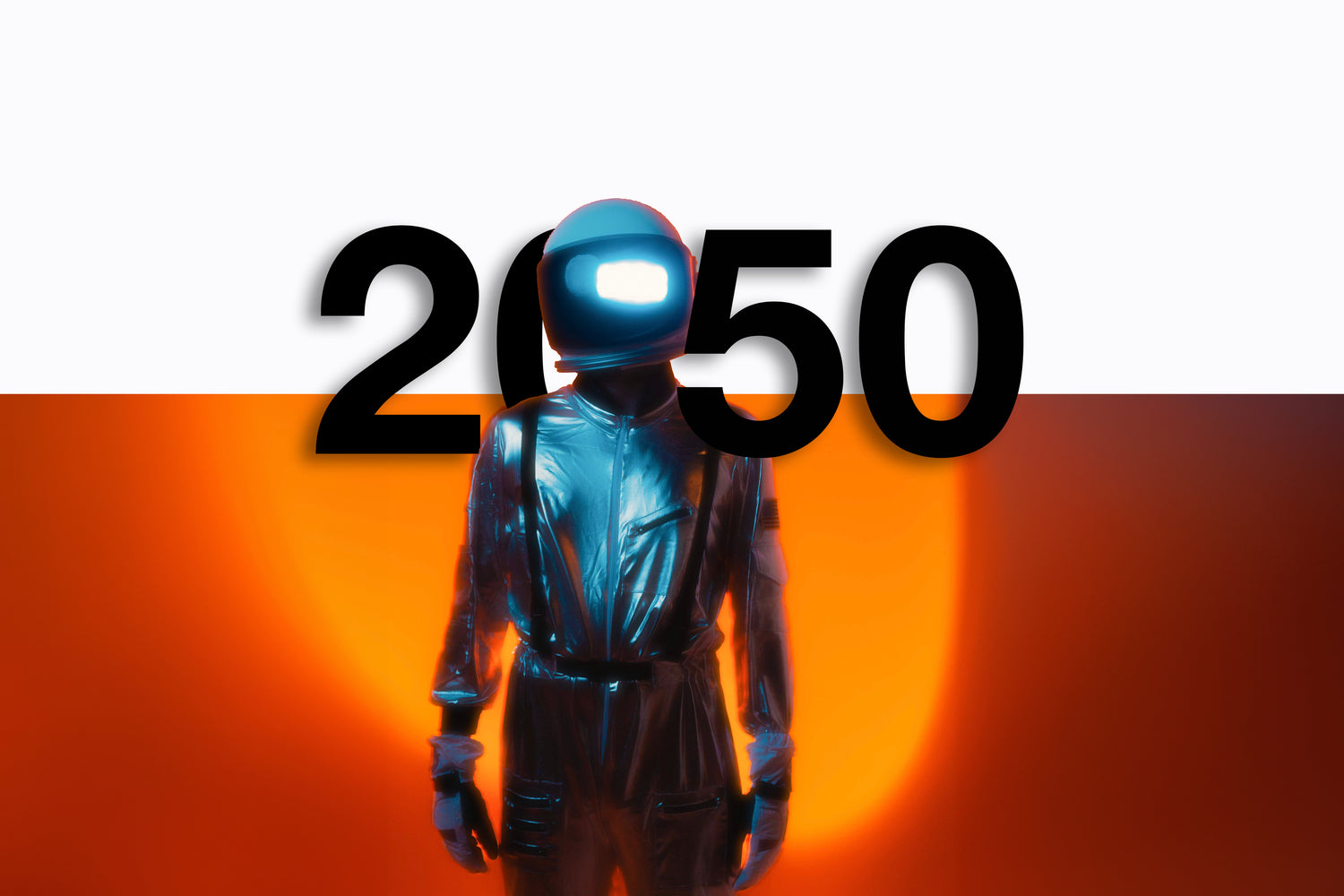
HIDI VISION 2050
We are setting on a journey towards a greener future with our vision, "HIDI 2050: Green Foreseen". Our objective is simple; to make every aspect of our business sustainable and eco-friendly. We are not just talking about sustainable fashion; we are taking concrete steps to ensure that sustainability is ingrained in everything we and our stakeholders do.
Achieving the vision of "HIDI 2050" will require ongoing dedication and collaboration amongst all stakeholders. Our commitment goes far beyond just creating sustainable fashion; it is about positively transforming our entire industry ecosystem. "HIDI 2050" is not just a vision; it's a call to action.
We invite you to be a part of this transformative responsibility towards a more sustainable future, where fashion becomes a force for positive change. Join us on this journey, where fashion is the canvas, sustainability is the brush and bold-kindness is the masterpiece.
Together, we can boldly reshape the world of fashion and create a better tomorrow for all of us.
VISION
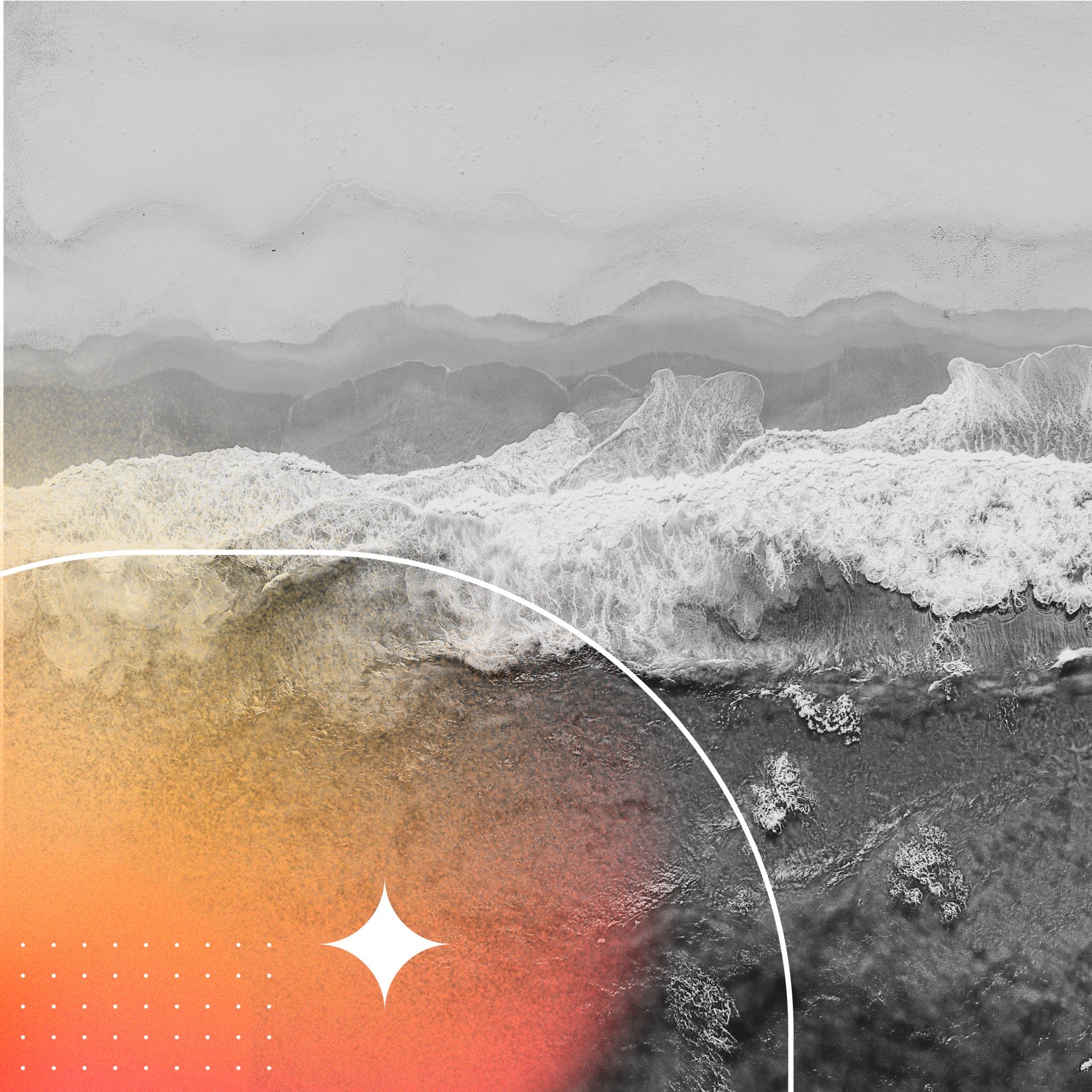
Net-zero carbon emissions
Achieve net-zero carbon emissions across the entire supply chain by 2050
Action Plan:
- Continuously improve energy efficiency in operations.
- Explore carbon offset projects and invest in innovative low-carbon technologies.
- Engage with suppliers and partners to reduce their carbon emissions.
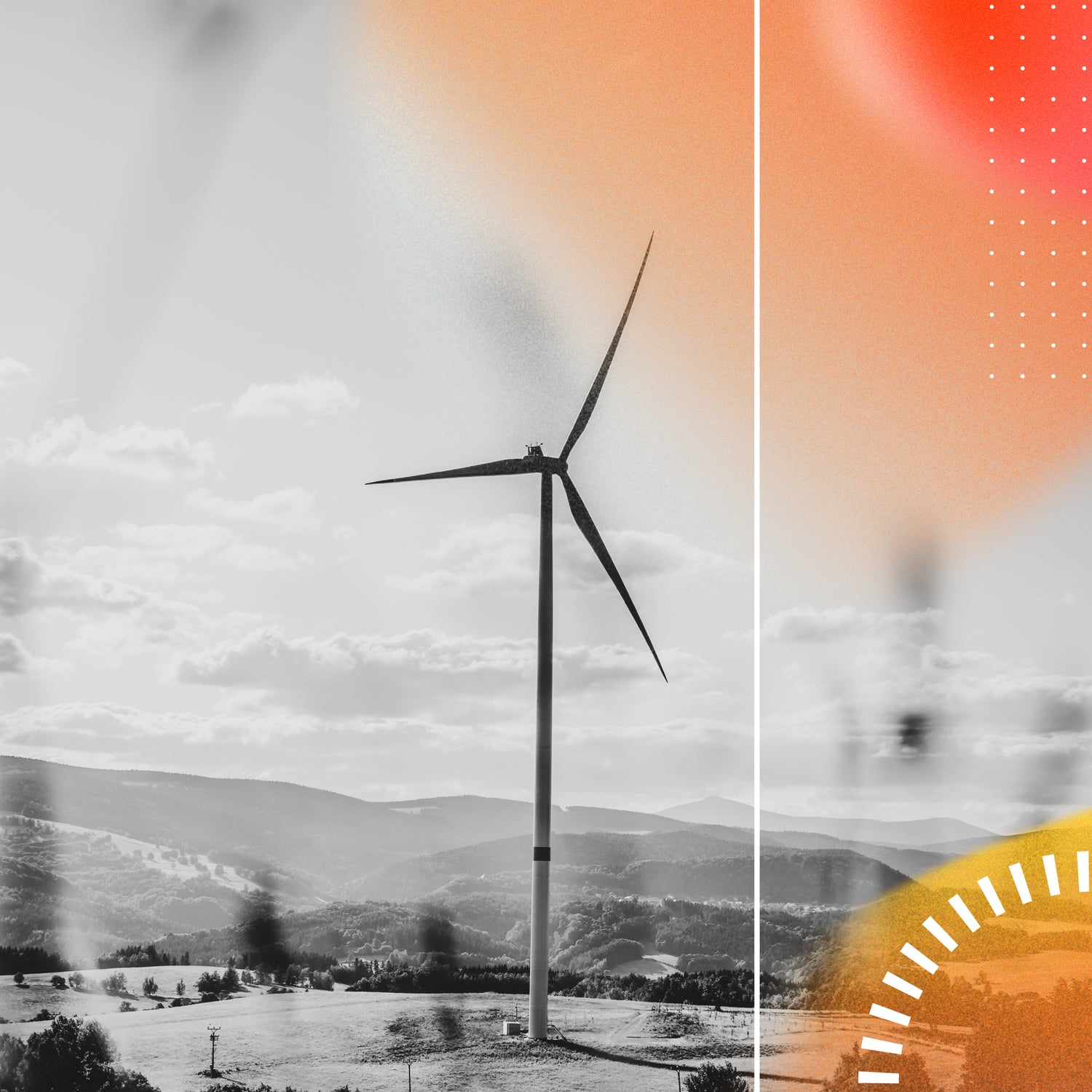
Fully Circular Economy Integration
Establish a fully circular economy model, ensuring product recyclability, repairability, and reusability, with an aim to have zero waste
Action Plan:
- Design products for longevity and recyclability.
- Establish take-back schemes and recycling centers.
- Collaborate with other industry players to promote and facilitate a circular economy.
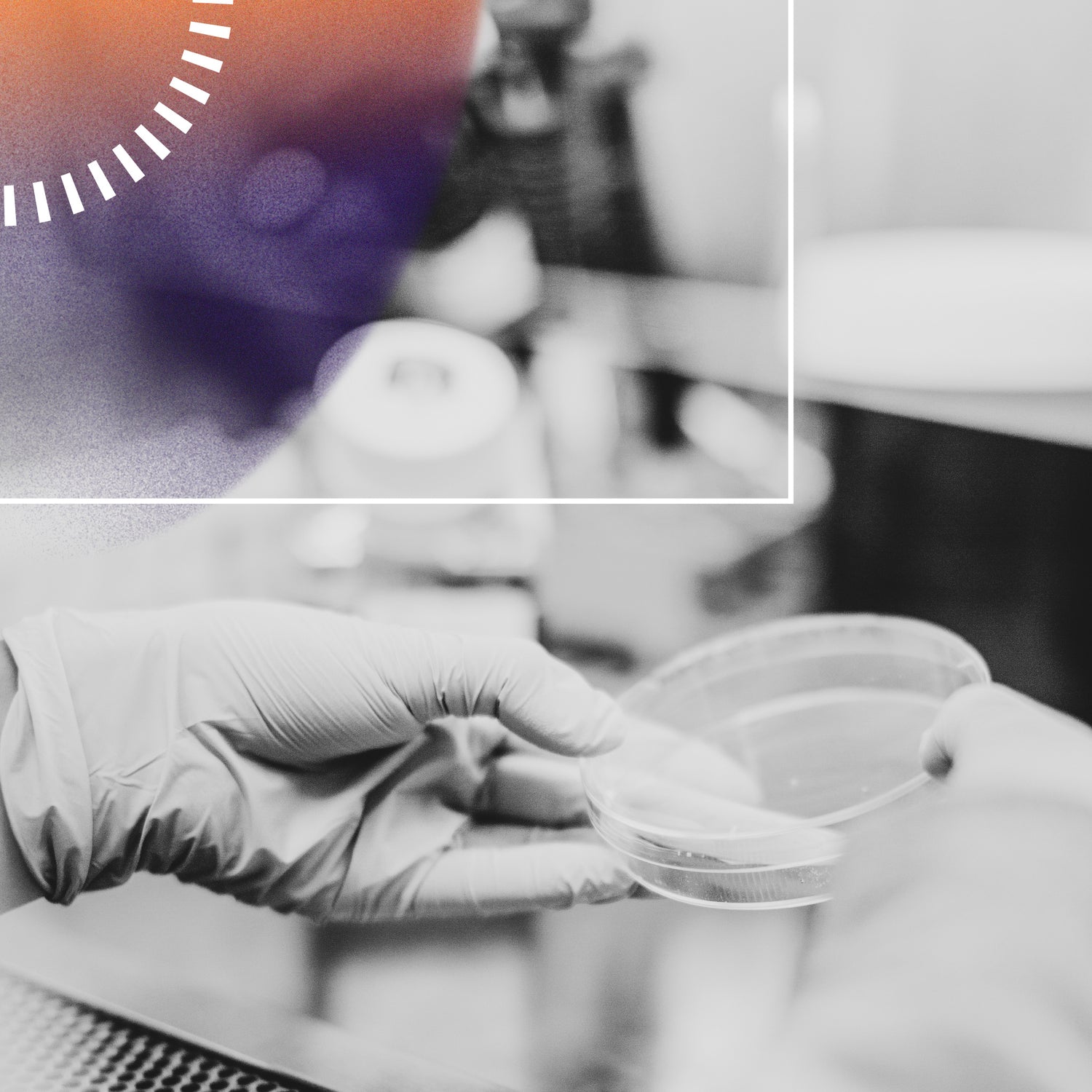
Invest, R&D in Fashion Technology
Become a frontrunner in the adoption and development of innovative sustainable fabrics and supply chain technologies to reduce environmental impacts and improve efficiency.
Action Plan:
- Allocate a significant portion of the budget towards R&D in sustainable fabrics and supply chain innovations.
- Partner with academic institutions and tech companies to drive innovation in sustainable fashion technology.
- Implement and scale successful tech innovations across our global operations to improve efficiency, transparency, and sustainability.
Our Responsibility
PURCHASE RESPONSIBLY







